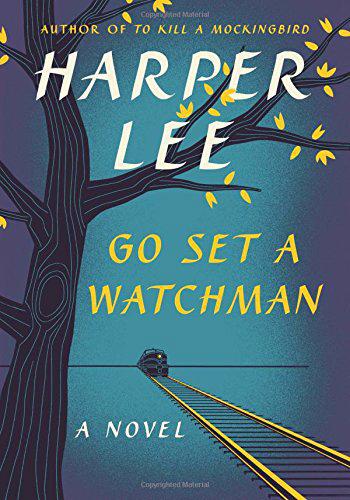On July 14, Harper Lee launched her second novel “Go Set a Watchman,” a sequel to her original Pulitzer Prize winner “To Kill a Mockingbird.” Within its first week on the bookshelves, it sold more than 1.1 million copies globally.
The book contains the same Southern rhetoric that Harper Lee used in her original novel. The sweet and intelligent character Jean Louise Finch — also known as Scout — returns to Maycomb, Alabama to see her ailing father Atticus, as well as the rest of her childhood gems she left behind in her recent move to New York City. Within the story, Lee explores the themes of Southern culture, flashbacks to Scout’s childhood in which she is mentally reunited with her now deceased brother Jem and long lost neighbor Dill, the romantic bond that she holds with Henry Clinton and the reoccurring theme of racism.
The thematic flow of racism in “Go Set a Watchman” takes a different approach than “To Kill a Mockingbird,” which was actually written after Lee’s recently-released sequel. In the original novel, Atticus Finch proudly represents and defends an African American male named Tom Robinson who has been charged with the rape of a young white female. Throughout the story, Atticus fights against racism and discrimination toward African Americans. However, in “Go Set a Watchman,” Lee unleashes a different twist to the tale; Atticus is now a member of a fanatical racial organization that uses rough and harsh racial epithets and actions in order to radically show their displeasure for the growing African American community in the fictional Maycomb, Alabama.
Since the publishing of “Go Set a Watchman,” Lee has faced much criticism for her adaptation and evolvement of Atticus from a peaceful and tranquil Southern attorney to a vicious racist. However, the author creates a real world scenario within her book, something that could have happened within the mid-20th-century South. Through the literary lenses of Jean Louise Finch, readers are able to see the paradox that is now present within the current novel, compared to the previous.
After Jean Louise’s realization of the truth, the story shifts. No longer is the protagonist on a peaceful visit back home, but now she must take on the mental and physical battle against the current evil state found within her childhood town and family. “Go Set a Watchman” shows Lee’s ability to completely alter the thematic trajectory from one novel to the next. The writer zooms in on the totality of racism and shares it from a new perspective, making the impacts of it closer to home this time for Jean Louise Finch.









